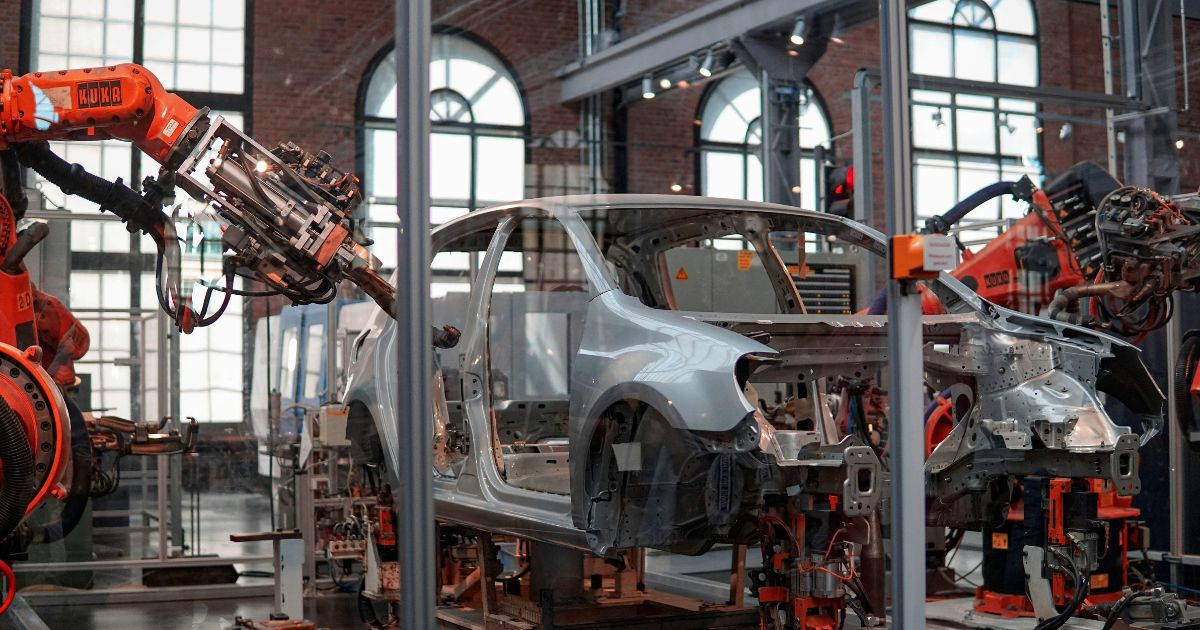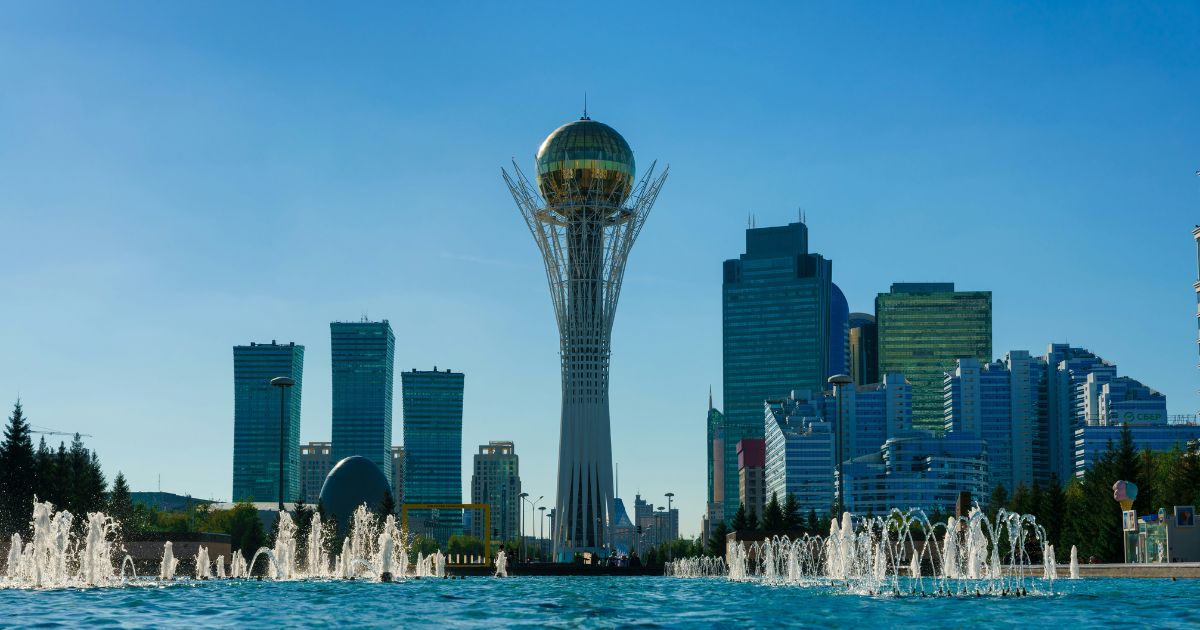At the edge of a city of 21 million in China, a huge showroom within a shopping center presents car shoppers with stunning discounts. Shoppers have about 5,000 cars to choose from, with domestically produced Audis discounted to half price. A FAW seven-seater SUV is priced at about $22,300—over 60% off the sticker price. Such deals, retailed through bulk dealer Zcar, only become available because China has produced too many cars.
For years, subsidies and state policy forced China to become the globe’s biggest automaker and electric vehicle (EV) leader. Homegrown automakers made it happen and more, but now the very success is a drag on the industry. A Reuters investigation discovered that China has significantly more brands and manufacturing capacity than the market is able to digest due to government-driven targets, rather than consumer demand. As a result, profitability has become nearly impossible for most automakers. Chinese EVs sell for under $10,000, while U.S. automakers offer only a few models below $35,000.
Dealers all over the nation are suffering as inventory lots are filled to the gills with unsold vehicles. Others block-register and ensure autos so that producers can tally them as “sold,” eligible for bonuses and rebates. Some of the unsold vehicles are dumped on gray-market dealers such as Zcar, sold in TikTok-style blowouts, or repurposed as “used” and shipped abroad. Others sit idle in abandoned car graveyards.
This excess is matched by crises in China’s real estate and solar industries. Sales- and jobs-focused policies have led to an unstable environment. Local governments encourage the issue with cheap land and subsidies to lure factories, duplicating excess production across the country. “Each provincial governor wants a car factory to demonstrate their loyalty to Beijing,” said Rupert Mitchell, a macroeconomics commentator who has worked at a Chinese EV startup. “The outcome is doubling down on overinvestment.
Reuters analysis of sales listings, official reports, and interviews with market participants highlights how pervasive the issue is. As Chinese brands beat foreign competitors in debuting new models, the government-fueled expansion has become a lose-lose deal down the sales chain. China’s commerce and industry ministries declined to comment on Reuters inquiries regarding consolidation or reform.
The consequences reach well beyond the automotive industry. Automobiles and associated sectors contribute to nearly 10% of China’s GDP. Policymakers previously dismissed U.S. and European allegations of excess capacity, but officials have now vowed to rein in price competition in EVs and solar panels. The idleness is staggering: Chinese carmakers have the capacity to manufacture double the 27.5 million cars produced last year, Gasgoo Automotive Research Institute says. Gasoline car demand has fallen apart, even while EV factories proliferated. AlixPartners forecasts that merely 15 of the 129 EV and hybrid brands available in China will remain financially viable by 2030.
Entering its third year, China’s automobile price war refuses to stop. Analysts say that permitting automakers to fail is the only way out, but regulators worry about massive layoffs and dampened consumption. “Local governments and automakers are rewarding and punishing each other in a vicious cycle,” The Conference Board’s China Center’s Yuhan Zhang said.
Foreign brands are also losing market share. Their share has declined to 31% so far this year, from 62% in 2020, the China Association of Automobile Manufacturers said. Abroad, European governments fear a surge of low-cost Chinese cars could ruin local industries, while the U.S. has already banned Chinese vehicles for national security and competition reasons.
China’s car industry is the world’s biggest, but its threat of overcapacity is poised to make its success a long-term curse.




